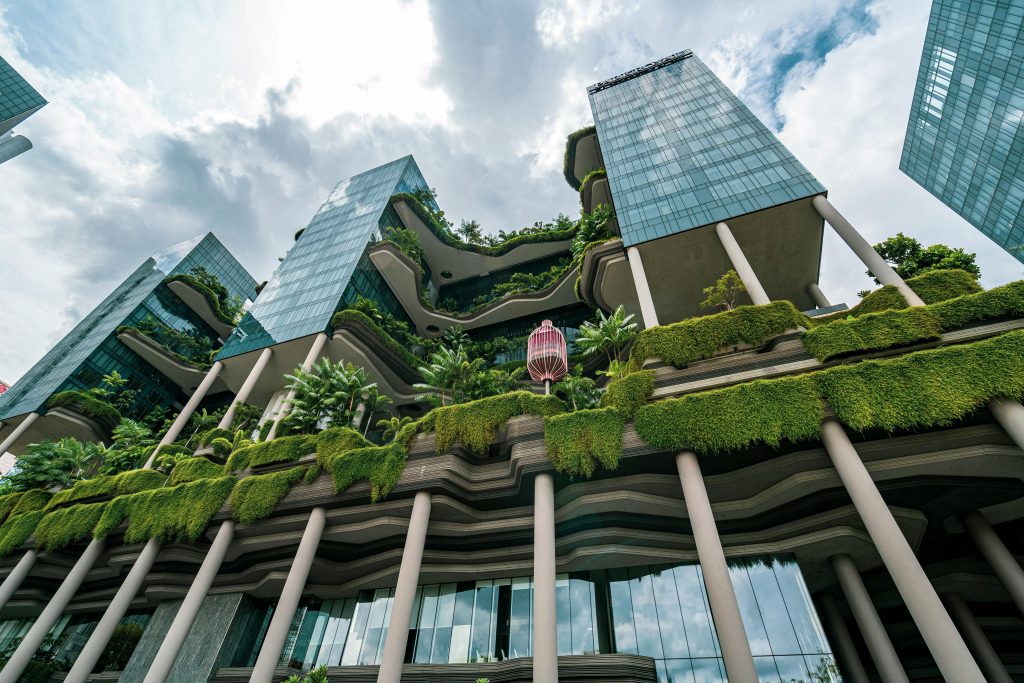Although there is no single culprit responsible for the climate crisis, there is no doubt that cities are huge emitters of greenhouse gases. It is therefore crucial that, in designing new sustainable policies to achieve carbon neutrality, governments find ways to make their cities more sustainable.
Singapore
Unsurprisingly, Singapore tops the indices, ranking the world’s most sustainable cities. With just over 5.6 million inhabitants, the Asian city-state has the second-highest population density in the world. Singapore’s Green Plan 2030, adopted earlier this year, also includes strengthening resilience to climate change as a priority in the recovery from COVID-19 for a more sustainable future.

Three points for successful sustainable urban development:
- Public transport
An efficient, affordable, and modern public transport system is crucial for the sustainability of Singapore.
2. Green spaces
Eco-smart city, Tengah: This will be the first residential area to have central cooling, automated waste collection, and a car-free city center, which conservationists hope will set the path for reducing carbon emissions in the city-state.
- automated waste collection system for a cleaner environment
- pedestrian-friendly zones
- underground roads
Technology and digitalization
In recent months, Singapore has become a global leader in cashless payments. Digitizing healthcare has many benefits, such as improving operational efficiency for healthcare providers and reducing administrative costs and waiting times.
While it is true that tackling climate change requires large-scale systemic changes, individual actions are far from insignificant. The combined efforts of billions of individuals can make a significant difference towards greener living. Let’s improve our environment, use eco-friendly products, pay with our credit cards or use public transport instead. Every small step you take towards a greener lifestyle contributes to a more sustainable and harmonious future for our planet. So let’s embrace these steps as opportunities to create positive change and work together for a greener, healthier world for future generations.




